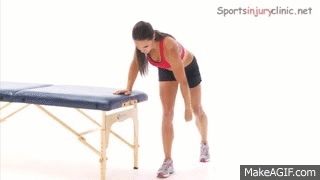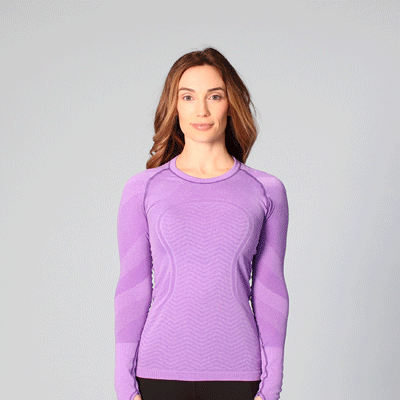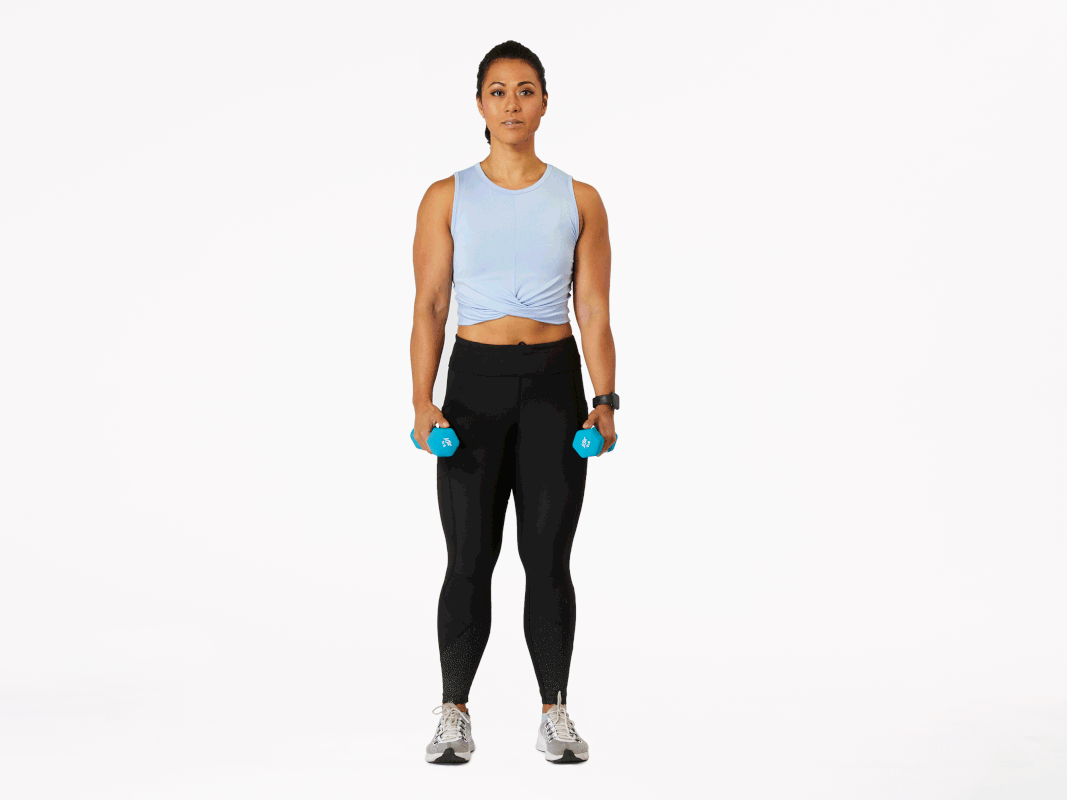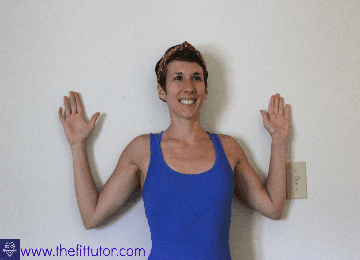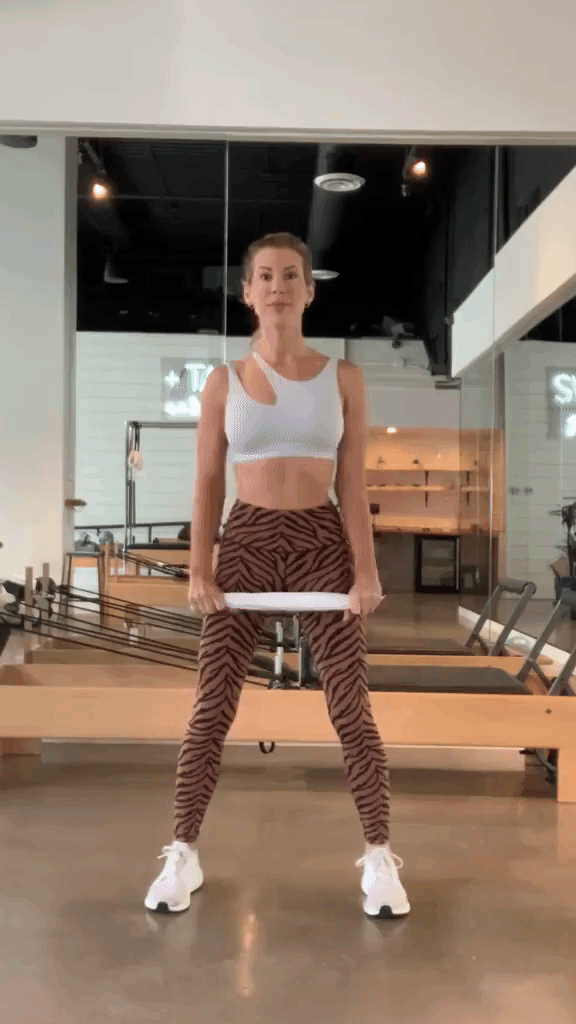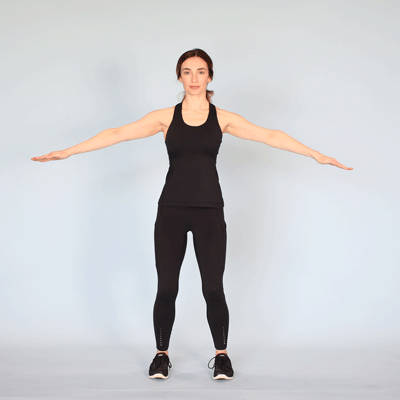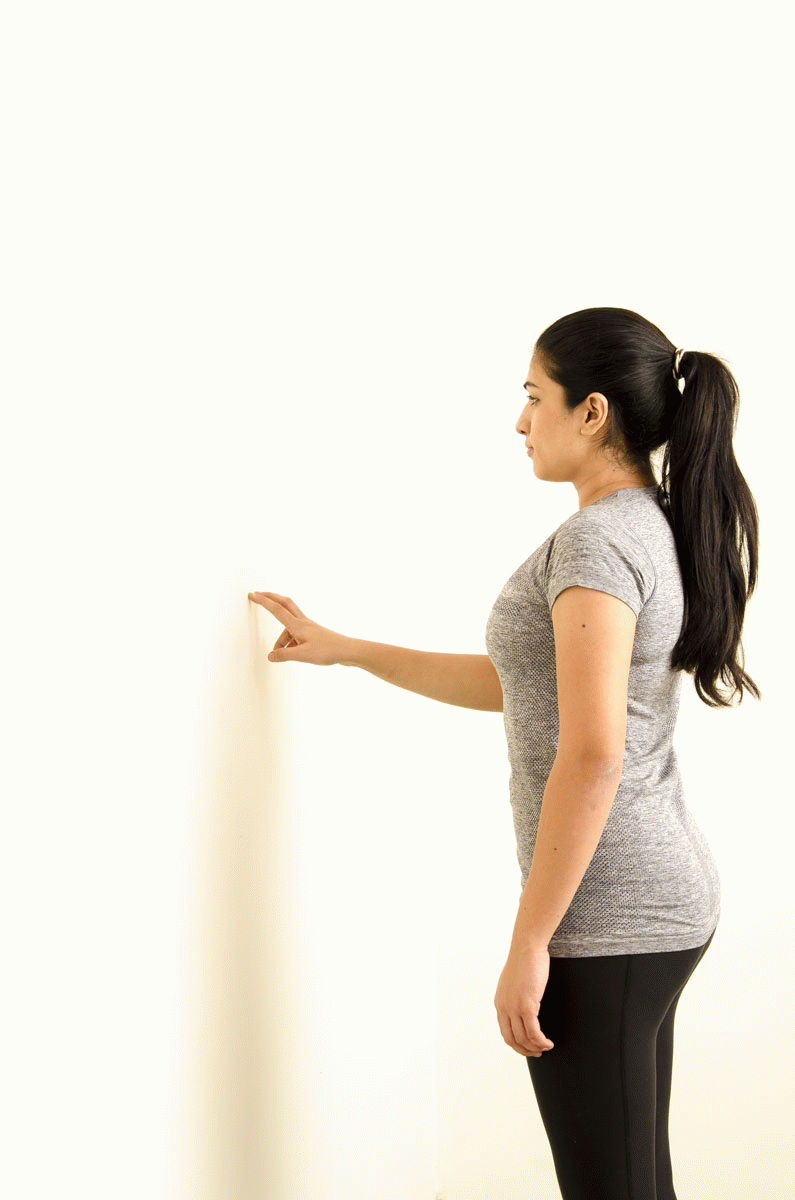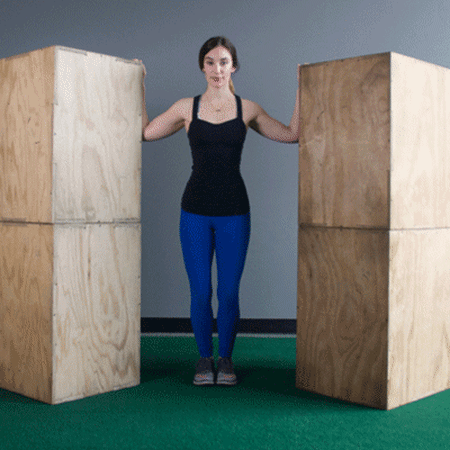Frozen shoulder exercises at home
Frozen shoulder, also known as adhesive capsulitis, is characterized by stiffness and pain in the shoulder joint. A frozen shoulder typically develops gradually and may cause the shoulder to feel stiff and frozen in place. Frozen shoulders are more common in women than men. Frozen shoulder is often treated with a combination of physical therapy, stretching exercises, and heat therapy.
Frozen shoulder exercise is a therapy often prescribed to patients suffering from frozen shoulder syndrome. Frozen shoulder exercise aims to gradually stretch and strengthen the muscles and connective tissue around the shoulder while improving the range of motion.
Frozen shoulder exercise typically includes a combination of gentle stretching, range-of-motion exercises, and light weightlifting. Most people undergo frozen shoulder exercise for several weeks or months until their symptoms have resolved. In some cases, surgery may be necessary to correct the underlying problem causing frozen shoulder syndrome. However, in many cases, frozen shoulder Workout is an effective treatment option that can lead to long-term relief.
If you're dealing with a frozen shoulder, don't despair — there are several exercises you can do at home to help ease the pain and improve your range of motion.
Here are some specific exercises to try at home:
Pendulum swings Exercise
Pendulum swings are a simple exercise that can be done at home to help stretch the shoulder and improve range of motion. To do this exercise, stand up straight and hold onto a chair or countertop for support. Let your affected arm hang down at your side and swing it in small circles.
As you swing your arm, gradually increase the size of the processes until you reach your entire range of motion. Repeat this exercise 10 times in each direction.
As you swing your arm, gradually increase the size of the processes until you reach your entire range of motion. Repeat this exercise 10 times in each direction.
Shoulder Shrugs Exercise
To do a shoulder shrug:
- Start by standing with your feet shoulder-width apart and your palms facing down.
- Bend your knees slightly and tighten your core muscles.
- Raise your shoulders straight toward your ears and hold for a count of two.
Arm raises Exercise
The arm raises exercise is a great way to tone your arms and improve your upper body strength. To do the arm raises movement, stand with your feet shoulder-width apart and your arms by your sides. Slowly raise your arms to the sides until they parallel the ground.
Hold for a count of two, then slowly lower your arms to the starting position. You can do this exercise with dumbbells in each hand for added resistance, or you can use bodyweight only. Start with three sets of eight to 10 repetitions and build up from there.
Hold for a count of two, then slowly lower your arms to the starting position. You can do this exercise with dumbbells in each hand for added resistance, or you can use bodyweight only. Start with three sets of eight to 10 repetitions and build up from there.
Wall slides Exercise
The wall slides exercise is a great way to improve your shoulder mobility. To do the exercise, stand with your back against a wall and your feet about shoulder-width apart. Then, raise your arms so that they are parallel to the ground and press your palms against the wall.
From this position, slowly slide your arms up the wall until you reach a point where your elbows are bent at a 90-degree angle. Hold this position for a few seconds and then return to the starting position. Repeat the exercise 10 times. For best results, do the workout two or three times per week.
From this position, slowly slide your arms up the wall until you reach a point where your elbows are bent at a 90-degree angle. Hold this position for a few seconds and then return to the starting position. Repeat the exercise 10 times. For best results, do the workout two or three times per week.
Cross-body stretch
The cross-body stretch is a great way to loosen up your muscles and improve your flexibility. To do time:
You can also do the play lying down on your back. To do this variation, lie on your back with both arms out to the sides. Raise your right arm and leg off the ground, reach across your body with your right hand and grab hold of your left ankle. Gently pull your left leg toward your right side until you feel a stretch in your hips and lower back. Hold for 30 seconds, then release and repeat on the other side.
- Start by standing with your feet shoulder-width apart.
- Reach your right arm across your body and grab your left shoulder with your hand.
- Gently pull your left shoulder toward your right side, feeling the stretch in your chest and shoulders.
- Hold the time for 30 seconds, then release and repeat on the other side.
You can also do the play lying down on your back. To do this variation, lie on your back with both arms out to the sides. Raise your right arm and leg off the ground, reach across your body with your right hand and grab hold of your left ankle. Gently pull your left leg toward your right side until you feel a stretch in your hips and lower back. Hold for 30 seconds, then release and repeat on the other side.
Shoulder Towel Stretches
The shoulder towel stretches exercise is a great way to stretch the muscles and tendons around the shoulder joint. This exercise can be done by anyone, regardless of their fitness level. To do the training, you will need a towel. First, hold the towel in one hand and extend the arm straight out in front of you.
Next, use your other hand to grab the end of the towel and pull it towards your body. You should feel a stretch in the muscles and tendons around your shoulder. Hold this position for 30 seconds and then release. Repeat this exercise two more times. Remember to stretch both sides equally.
Arm circles EXERCISE
The arm circle exercise is a great way to tone your arms and shoulders. To do the exercise, start by standing with your feet shoulder-width apart and your arms at your sides. Then, raise your arms to the side and make small circles. As you circle your arms, gradually increase the size of the processes.
After about 30 seconds, reverse the direction of the rings. Once you have completed one set of arm circles, rest for a few seconds and then repeat the exercise. Make small circles with your arms, then gradually make the processes more prominent. Do 10-15 repetitions in each direction.
Finger walks EXERCISE
The Finger walks exercise is a great way to improve shoulder range of motion and prevent pain. To do the Finger walks:
- Start by extending your arm out in front of you with your fingers.
- Bend your elbow and touch your fingertips to your shoulder.
- Slowly straighten your elbow, moving your hand up your arm until you reach your fingertips again.
- Repeat this ten times. You can also do the Finger walks with both arms simultaneously.
- Start with your arms extended in front of you, then slowly Bend and straighten both elbows together ten times.
- Remember to move slowly and smoothly; don't let your shoulders hunch up as you bend your elbows.
Doorway stretches EXERCISE
Doorway stretches are an easy and effective way to stretch your shoulders. To do the exercise:
- Stand in a doorway with your arms at 90-degree angles.
- Lean forward until you feel a gentle stretch in your chest and shoulders.
- Hold this position for 30 seconds, then repeat on the other side.
- Try moving your hands closer together or farther apart for a deeper stretch. You can also try leaning to one side or the other.
Doorway stretches are a great way to warm up your muscles before a workout or relieve tension after a long day.
Remember to warm your shoulder before exercising by taking a hot shower or heating pad for 5-10 minutes. And be sure to listen to your body — if any of these exercises cause pain, stop and consult your doctor.
You should see improvements in your frozen shoulder with patience and persistence within a few weeks. But if your pain persists or gets worse, be sure to see your doctor for further evaluation.
FAQ
1. Q; What are the symptoms of frozen shoulders?
Ans; The most common symptom of the frozen shoulder is pain, ranging from mild to severe. The pain may be constant or may come and go. You may also have stiffness and a limited range of motion in your shoulder. The symptoms of the frozen shoulder typically come on gradually and worsen over time.
2. Q; What causes frozen shoulders?
Ans; The exact cause of the frozen shoulder is unknown. But it's more common in women than men and often occurs after age 40. Other risk factors include diabetes, a previous shoulder injury or surgery, and a sedentary lifestyle.
3. Q; How is frozen shoulder diagnosed?
Ans; Your doctor will likely physically examine your shoulder and ask about your symptoms. They may also order X-rays or an MRI to rule out other conditions.
4. Q; How is frozen shoulder treated?
Ans; The goal of treatment is to reduce pain and improve the range of motion in the shoulder. Treatment options include physical therapy, corticosteroid injections, and surgery.
5. Q; Can frozen shoulders be prevented?
Ans; There's no sure way to prevent a frozen shoulder. But you may be less likely to develop the condition if you keep your shoulder mobile with regular exercise and avoid long periods of inactivity.
Ans; The most common symptom of the frozen shoulder is pain, ranging from mild to severe. The pain may be constant or may come and go. You may also have stiffness and a limited range of motion in your shoulder. The symptoms of the frozen shoulder typically come on gradually and worsen over time.
2. Q; What causes frozen shoulders?
Ans; The exact cause of the frozen shoulder is unknown. But it's more common in women than men and often occurs after age 40. Other risk factors include diabetes, a previous shoulder injury or surgery, and a sedentary lifestyle.
3. Q; How is frozen shoulder diagnosed?
Ans; Your doctor will likely physically examine your shoulder and ask about your symptoms. They may also order X-rays or an MRI to rule out other conditions.
4. Q; How is frozen shoulder treated?
Ans; The goal of treatment is to reduce pain and improve the range of motion in the shoulder. Treatment options include physical therapy, corticosteroid injections, and surgery.
5. Q; Can frozen shoulders be prevented?
Ans; There's no sure way to prevent a frozen shoulder. But you may be less likely to develop the condition if you keep your shoulder mobile with regular exercise and avoid long periods of inactivity.
Summary
Frozen shoulder is a condition that causes pain and stiffness in the shoulder. The exact cause is unknown, but it's more common in women and often occurs after age 40. Treatment options include physical therapy, corticosteroid injections, and surgery. You may be less likely to develop a frozen shoulder if you keep your shoulder mobile with regular exercise and avoid long periods of inactivity.
